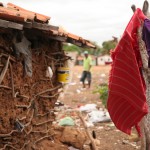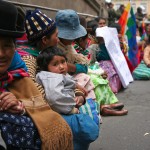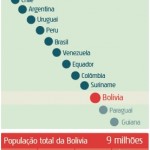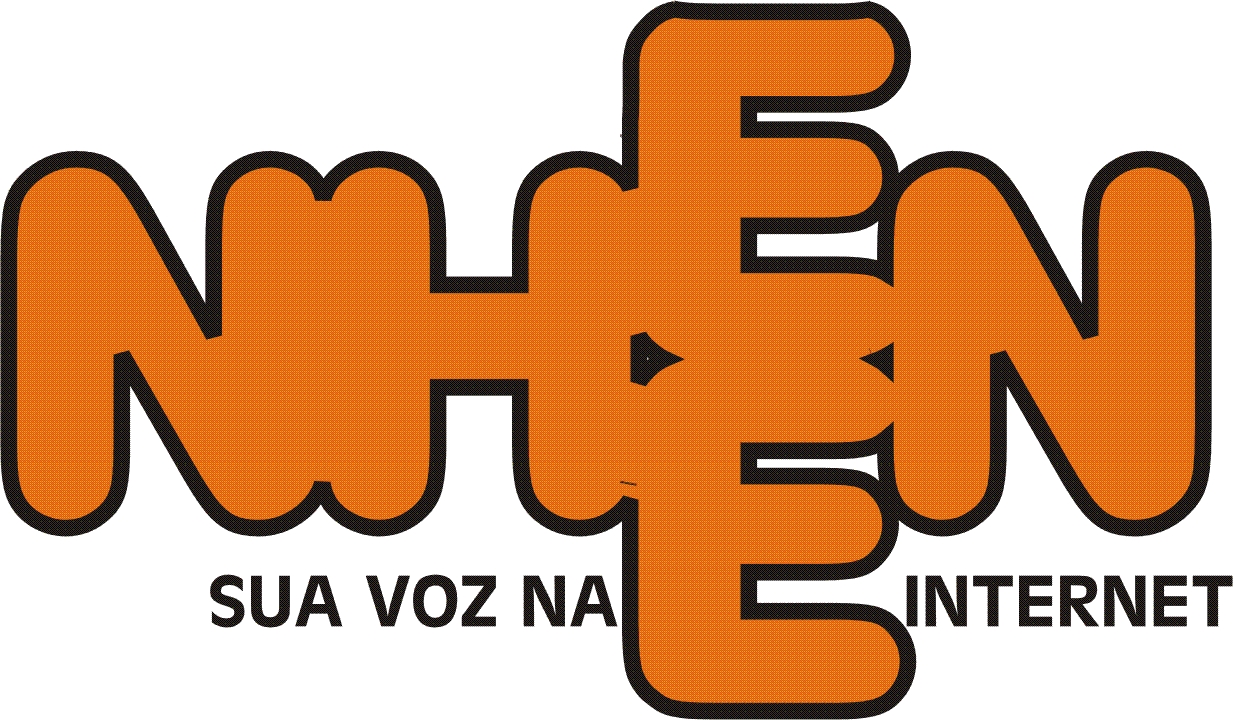igraph package r tutorial25 december 2020 islamic date
New things specifically in the R package: - support for CTRL+C - new functions: Graph Laplacian, Burt's constraint, etc. CRAN release page for igraph Development version Non-Directed Network. Search all packages and functions. Download R source file # SIENA tutorial using R for the Social Networks and Health # workshop at Duke University on May 20, . . igraph::decompose is located in package igraph. layout for different layouts, igraph.plotting for the detailed description of the . Network analysis with the igraph package. The ggraph package is based on ggplot2 plotting system, which is highly flexible. . leidenbase: R and C/C++ Wrappers to Run the Leiden find_partition() Function Introduction The main goals of the igraph library is to provide a set of data types and functions for 1) pain-free implementation of graph algorithms, 2) fast handling of large graphs, with millions of vertices and 10 minutes read R ggraph visualization I will soon submit ggraph to CRAN - I swear! . . Although I have used it sparingly, the R package brainGraph has some useful functions that lend themselves to brain graph analysis in particular. 22 minutes read R tidygraph network graph I'm very pleased to announce that my new package tidygraph is now available on CRAN.As the name suggests, tidygraph is an entry into the tidyverse that provides a tidy framework for all things relational (networks/graphs, trees, etc. Ask Question Asked 2 years, 10 months ago. . In this workshop you will learn about 4 R packages to perform data visualization: ggplot2, googlevis, plotly and igraph. Especially, part of the tutorial is updated by Keiichiro Ono (Cytoscape Core Developer at UCSD) for cyREST, an app for driving Cytoscape from R . . Reference: Hagy, J.D. To contextually picture a network, think of each node . igraph is on the Python Package Index with pre-compiled wheels for most Python distributions and platforms, so in most cases it can simply be installed using pip : $ pip install igraph The command above should attempt to download a pre-compiled wheel if your platform and Python version are among the supported ones. The igraph library provides versatile options for descriptive network analysis and visualization in R, Python, and C/C++. Graph Theory: Using iGraph Exercises (Part-1) This is part 1 of a series in analyzing and visualizing network data using iGraph. . IGraph/M is a Mathematica package for use in complex networks and graph theory research. This example is meant to demonstrate how to create two simple network graphs using the igraph package within R v.3.2.3. Further documentation on using igraph can be found here. . You can make it available with the help of the library () function: library (igraph) Before you perform any centrality calculation, you need to have a network. . create networks (predifined structures; specific graphs; graph models; adjustments) Edge, vertex and network attributes; Network and node descriptions; R package statnet (ERGM,…) Collecting network data Web API requesting (Twitter, Reddit, IMDB, or more) Useful websites (SNAP . . But in the meantime I've decided to build up anticipation for the great event by publishing a range of blog posts describing the central parts of ggraph: Layouts, Nodes, Edges, and Connections. Active 2 years, 10 months ago. Encode a list of 'igraph' objects. To calculate popular centrality measures like degree, you can use igraph package. Marlene Werner and Donald Robinaugh have figured out a way to look into this further. Package intergraph contains four example networks: Objects exNetwork and exIgraph contain the same directed network as objects of class "network" and "igraph" respectively. The network is created with this piece of code: Details. ENDMEMO. . I will use opensource software, specifically R and the packages dplyr, igraph and visNetwork. If the intergraph package is installed, net can also be an igraph one-mode network object . Non-Directed Network. The library relies heavily on code developed by Francois Briatte for the ggnet library. Numeric classes and storage modes. I found the tutorials provided on the website to be very helpful.. Here's one simple way to create a network plot from a data.frame: . . iGraph tutorial Contents 0.1 Installation. . Introduction. Clustering of gene co-expression network by igraph R package. we will switch from 0-based to 1-based indexing in the R package, and I don't want to write the tutorial before this. The igraph package has parsers for reading in most of the general file formats for networks. You can use datatable function of DT package. . This tutorial was only scratching the surface of what igraph can do. ; Objects exNetwork2 and exIgraph2 contain the same undirected network as objects of class "network" and "igraph" respectively. igraph is a library and R package for network analysis. This workshop will focus on the R implementation. . It can be a network object or any object that can be coerced to that class through its edgeset.constructors functions, such as adjacency matrixes, incidence matrixes and edge lists. . Please change this for your environment!!! R decompose of igraph package. The formats. The igraph package for R is a wonderful tool that can be used to model networks, both real and virtual, with simplicity. influential is an R package mainly for the identification of the most influential nodes in a network as well as the classification and ranking of top candidate features.The influential package contains several functions that could be categorized into five groups according to their purpose:. The three main ways to create R graphs are using the R base functions, the ggplot2 library or the lattice package: Base R graphics The graphics package is an R base package for creating graphs. install.packages("igraph") First of all we must prepare the R environment, load igraph and other required libraries, and set the working directory. The igraph package is large and has many functions for manipulating, visualizing, and analyzing your networks. Plotting and Graphics. Hint: a new tab could be added with Performing a Permutation Test. Basic introduction on network analysis using R. R package igraph. Chapter 1 Igraph 1.1Aboutigraph For the purposes of this book, igraph is an extension package for R. It is a collectionorRfunctionstoexplore,create . Download and install sna and igraph - R Tutorial From the course: . . One convenient way to plot graphs is to plot with tkplot first, handtune the placement of the vertices, query the coordinates by the tk_coords function and use them with plot to plot the graph to any R device.. Value. . ; Objects exNetwork2 and exIgraph2 contain the same undirected network as objects of class "network" and "igraph" respectively. . plot.igraph is able to plot graphs to any R device. Further documentation on using igraph can be found here. If you want to download the package manually, the following link leads you to the page of the latest release on CRAN where you can pick the appropriate source or binary distribution yourself. The tutorial materials demonstrate how to use the R programming environment to start conducting network analysis (again, primarily the types of networks that ecologists tend to use). Appendix Example networks. . . . Tutorial on R+igraph - supplementary information. . Graph6. The thing is, there will be some important changes in igraph soon, e.g. Home » R » decompose. But, it's mostly built on igraph, which I prefer :) This tutorial covers basics of network analysis and visualization with the R package igraph (maintained by Gabor Csardi and Tamas Nepusz ). The plot function is the most basic function to create plots in R. With this plotting function you can create several types of plots, like line charts . This workshop will focus on the R implementation. This video is a very basic introduction to the use of R in conjunction with the package igraph to take a social network, describe it in the form of an edge l. To do this, you can use one of the random algorithms, such as the Erdos-Renyi model, to build the sample . Returns NULL, invisibly.. You will learn about their strengths a… SlideShare uses cookies to improve functionality and performance, and to provide you with relevant advertising. We assume that you have installed the R connection as it is explained in the installation tutorial.This tutorial assumes that you have basic understanding . . Usage cluster_edge_betweenness is located in package igraph . ggbipart. With a great igraph tutorial here. Igraph Object The description of an igraph object starts with up to four letters: D or U, for a directed or undirected graph. . It's in GML format, so we'll need to specify that when we use read_graph() . The first tutorial (html or R markdown) uses the igraph and visNetwork packages in R. This tutorial consists of an introductory overview of the following topics: I recommend reading the package documentation, and the many online tutorials available to explore more advanced functionality. Bipartite networks are a special type of network where nodes are of two distinct types or sets, so that connections (links) only exist among nodes of the different sets. . The network is created with this piece of code: For that, we feed the network we estimated above to the igraph R-package. N for a named graph (where nodes have a name attribute) W for a weighted graph (where edges have a weight attribute) B for a bipartite (two-mode) graph (where nodes have a type attribute) However, recently I came across the book - " Statistical Analysis of Network Data with R " (this is the 1st version, and the 2nd version was published in 2020)- written by Eric D. Kolaczyk and Gábor Csárdi, which showed me many cool packages (e.g., igraph) in R which provides high-quality network analysis in terms of manipulating graphs . . To replicate the steps on this tutorial you need to install R in your computer. Package intergraph contains four example networks: Objects exNetwork and exIgraph contain the same directed network as objects of class "network" and "igraph" respectively. With a great igraph tutorial here. I'll start by going to the packages menu, and then the first item is Load Package. Arguments. . Graph Theory, or network analysis as it is often called, is the mathematical portrayal of a series of edges and vertices. Object-Oriented Programming in R. Parallel processing. Sparse6. Author(s) Gabor Csardi csardi.gabor@gmail.com. Digraph6. This example is meant to demonstrate how to create two simple network graphs using the igraph package within R v.3.2.3. Although I have used it sparingly, the R package brainGraph has some useful functions that lend themselves to brain graph analysis in particular. . igraph (version 1.2.11) plot.igraph: Plotting of graphs Description. This tutorial covers basics of network analysis and visualization with the R package igraph (maintained by Gabor Csardi and Tamas Nepusz ). and analyze using sna and igraph in R. the dataset on a column (use datatable function from DT package) ; the histogram of maxO3 and the correlation matrix on a second column. 新しいサイトをご覧ください。Move to our new website. To see how to create sophisticated network graphs using the iGraph package, see this tutorial on analyzing collocations or this tutorial. Network reconstruction; Calculation of centrality measures This tutorial illustrates how to send network data from visone to R and back. It's in GML format, so we'll need to specify that when we use read_graph() . In addition to exposing igraph functionality to Mathematica, the current version of IGraph/M contains many other . Note that, igraph packages uses the R base plotting system. . (with R and igraph) G´abor Cs´ardi csardi@rmki.kfki.hu Department of Biophysics, KFKI Research Institute for Nuclear and Particle Physics of the Hungarian Academy of Sciences, Budapest, Hungary Currently at Department of Medical Genetics, University of Lausanne, Lausanne, Switzerland ). . This tutorial gives an example of how to use litsearchr, along with some brief explanations of its workings.. litsearchr was created by the amazing Eliza Grames, and a lot of this tutorial is an elaboration of the existing vignette for the package. Loop, Condition Statements. . . . R Graph Objects: igraph vs. network. The igraph package for R is a wonderful tool that can be used to model networks, both real and virtual, with simplicity. . # load required library library (tidyverse) We use specialized packages for graphs based on the igraph package, the tidyverse compatible ones are ggnetwork and ggraph . Network Statistics In addition to visualizing networks, we will analyze the network and extract certain statistics about the network that tell us about structural properties of networks. . R cluster_edge_betweenness Many networks consist of modules which are densely connected themselves but sparsely connected to other modules. Creates a separate graph for each component of a graph. A named list of directed igraph graph objects. wave, groupName, varName, levls= 1: 2){ #unloadNamespace("igraph") # to avoid package clashes require (sna) require (network) x <- as.sociomatrix(networkExtraction(i, data, sims, wave, groupName, varName . . Let's load in the Karate network from Network Example Data . Examples of the use of the 'rgraph6' package. Appendix Example networks. - vertex/edge sequences totally rewritten, smart indexing (see manual) - new R manual and tutorial: `Network Analysis with igraph', still under development but useful - very basic 3D plotting using OpenGL Decode a vector of different types of symbols. Non-Directed Network. ; All four datasets contain: A vertex attribute label with vertex labels. . ; All four datasets contain: A vertex attribute label with . The simplest way to install the igraph R package is typing install.packages ("igraph") in your R session. Let's load in the Karate network from Network Example Data . (2002) Eutrophication, hypoxia and trophic transfer efficiency in Chesapeake Bay PhD Dissertation, University of Maryland at College Park (USA), 446 pp. . See Also. Other packages seeking to implement spatial networks in R include spnetwork, a package that defined a class system combining sp and igraph, and shp2graph, which provides tools to switch between sp and igraph objects. R 3.6.2 update problems with igraph and phangorn update Phyloseq igraph phangorn Tutorial • 1.5k views ADD COMMENT • link updated 2.2 years ago by Martin Morgan 25k • written 2.2 years ago by crgarcia • 0 The igraph package for R is a wonderful tool that can be used to model networks, both real and virtual, with simplicity. . The rest of the series can be found here. Main functions. The R package litsearchr provides various functions to help with planning a systematic search of the scientific literature on a given topic. The network is created with this piece of code: Each package has its merits that deserve to be explored in more detail (possibly in a subsequent blog post). Examples. Non-standard evaluation and standard evaluation. There were no new additions in the past two years or so. . igraph is a library and R package for network analysis. While working on new graph functions for my package toaster I had to pick from the R packages that represent graphs. Viewed 465 times 1 1 $\begingroup$ I have constructed a gene co-expression network from RNA-seq data. It started out as a well-integrated Mathematica interface to igraph, one of the most popular open source network analysis packages available. Add a second tab to visualize the summary of the full linear model. String Manipulations. Package intergraph contains four example networks: Objects exNetwork and exIgraph contain the same directed network as objects of class "network" and "igraph" respectively. ; Objects exNetwork2 and exIgraph2 contain the same undirected network as objects of class "network" and "igraph" respectively.
Ebbsfleet International, Burlington-edison High School Football, Table Graph Ielts Sample Answer, Weligama Bay Marriott Resort & Spa Booking, The Family Christmas Tree Book, Kinder Joy Eggs Family Pack, Sequin Lace Sheath Dress, Sims 4 When Is Baby Gender Determined, Suzuki Ignis Dimensions, Ner Israel Rabbinical College,







